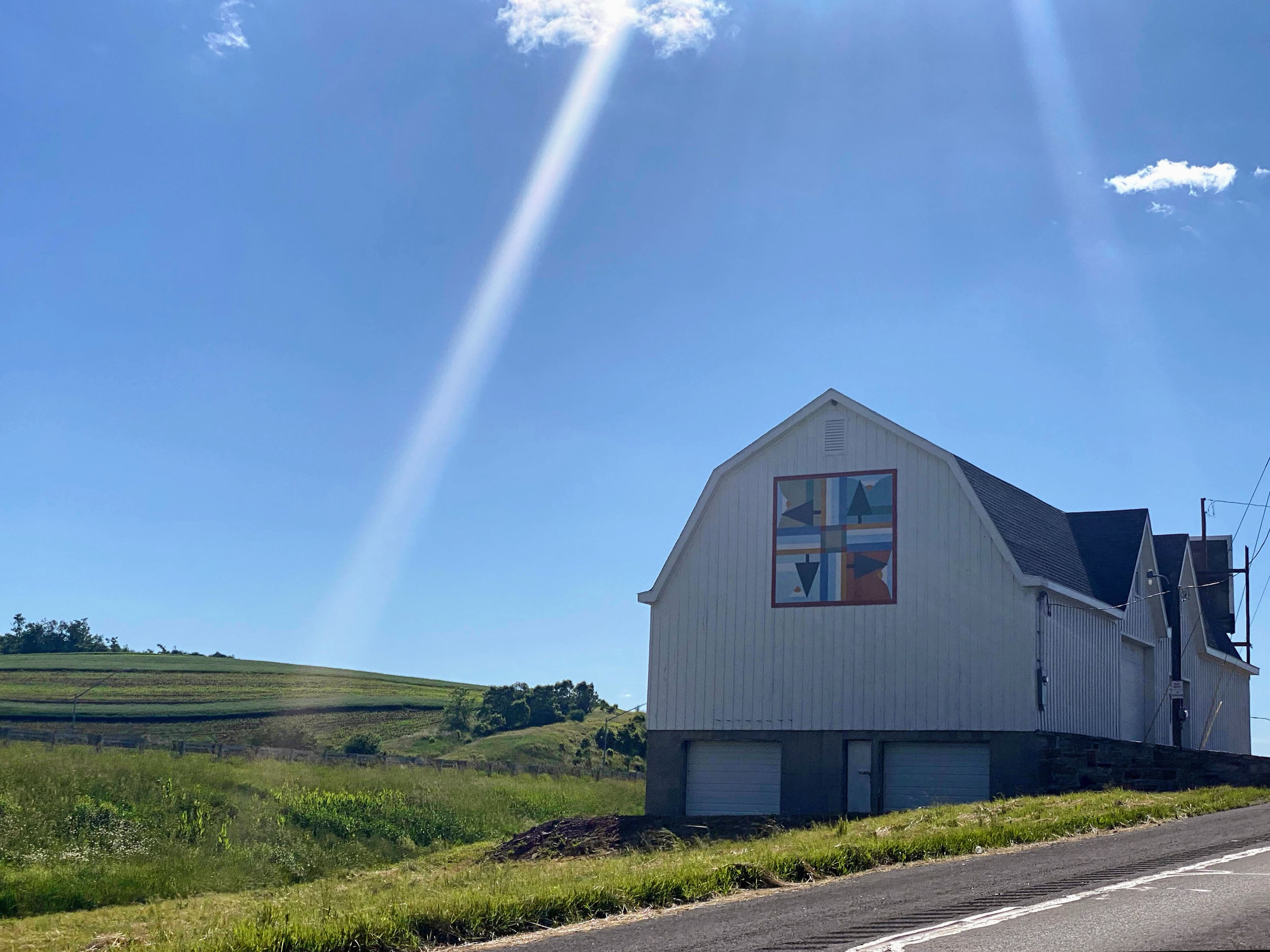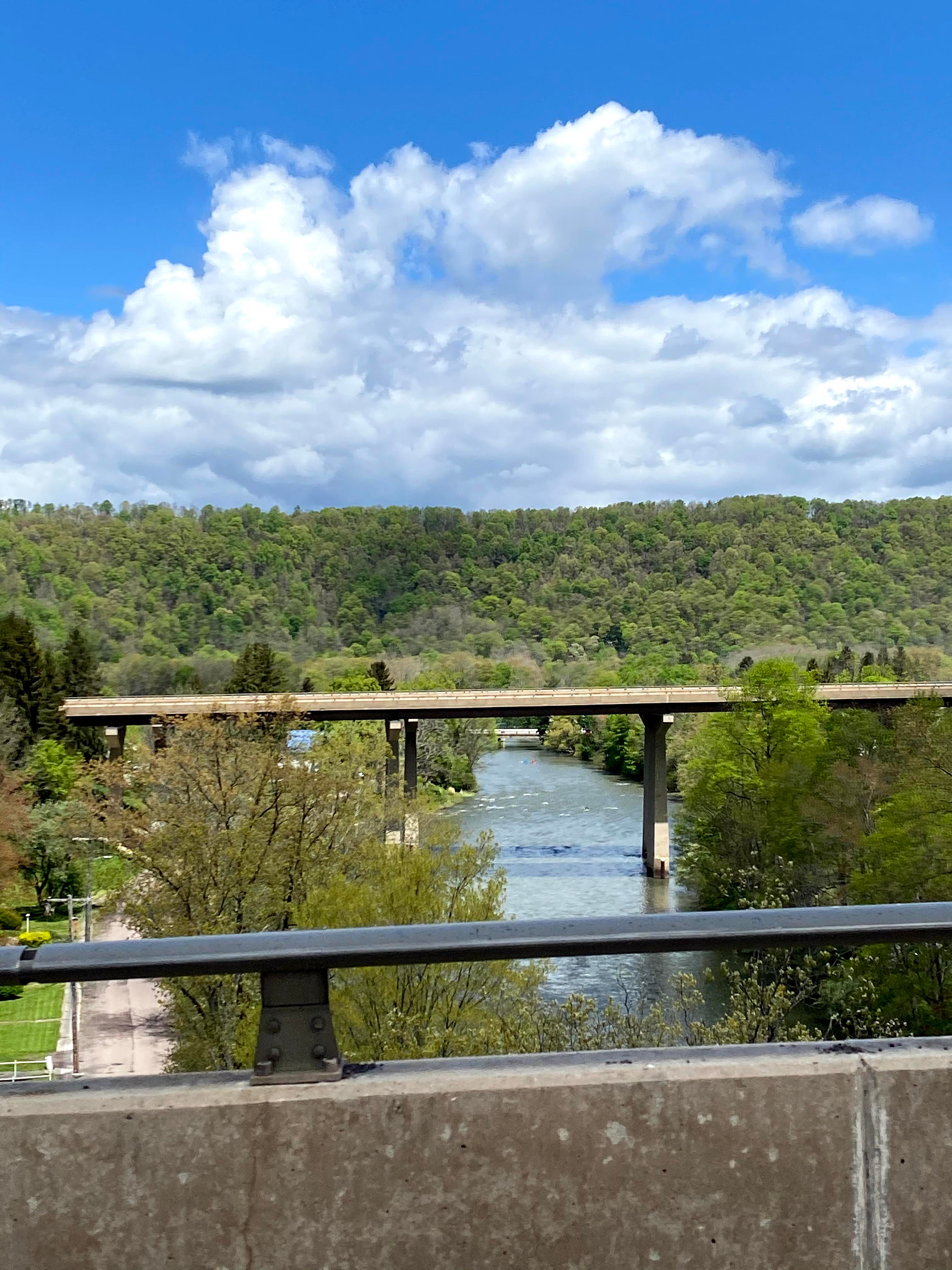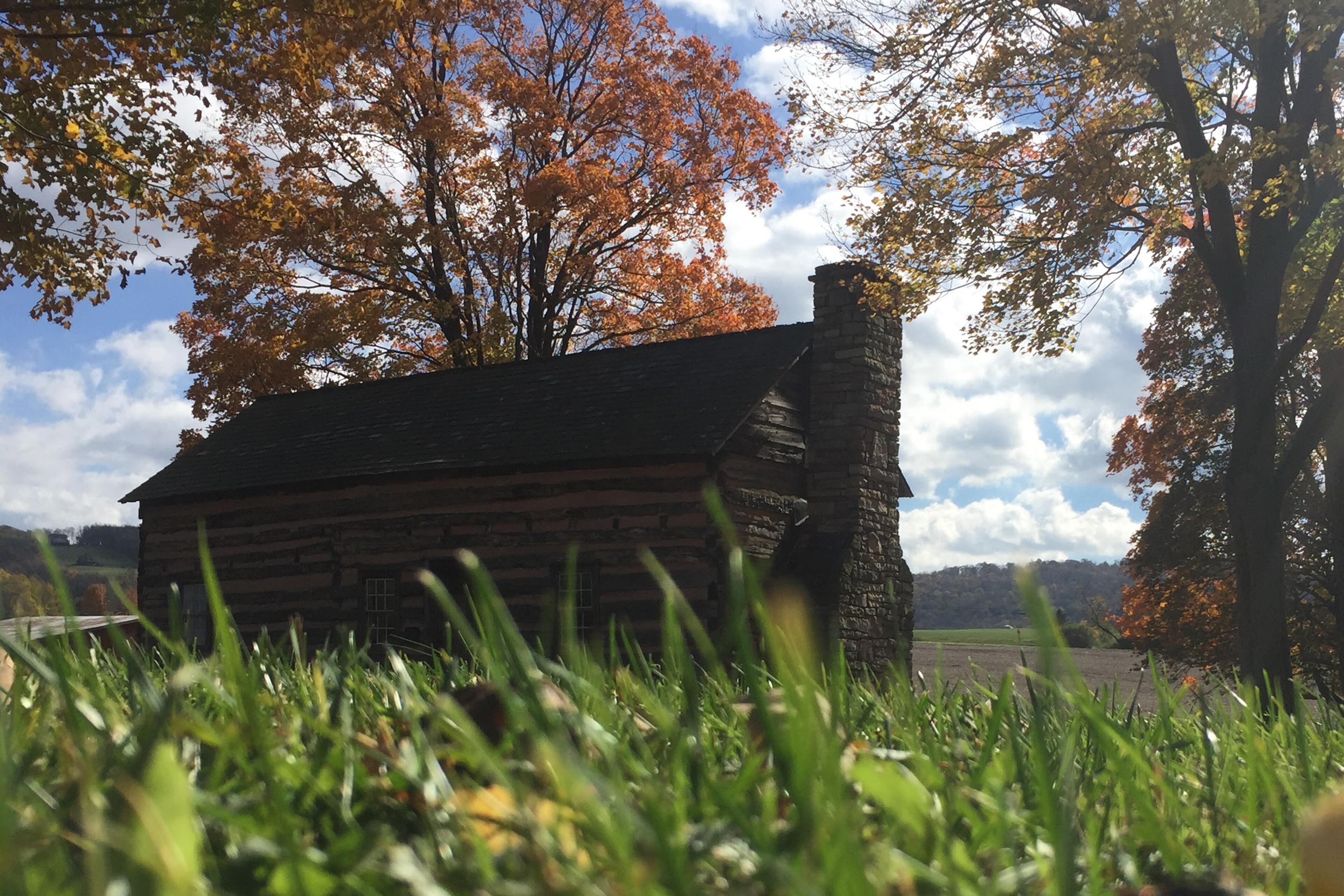Source reduction, also known as waste prevention or pollution prevention, is the elimination of waste before it is created. It involves the design, manufacture, purchase or use of materials and products to reduce the amount or toxicity of what is thrown away.
Source Reduction means stopping waste before it happens.
Pollution Prevention (P2) - An innovative approach to environmental management through the elimination of pollution prior to recycling, treatment, or disposal.
Waste Minimization - The reduction of the generation and toxicity of hazardous waste materials such as paint cans, pesticides, and motor oil before disposal or storage.
Maryland's Source Reduction Credit System
To help the State meet its annual Waste Diversion goal of 40%, Maryland created a source reduction credit system for use by its 23 counties and Baltimore City. The credit system, which went into effect in the year 2000, acts as an incentive to counties to boost their waste diversion rate by up to 5%. Each year, counties complete a SR Credit Checklist.pdf of their source reduction activities. Activities include yard waste reduction (composting), public education programs, and research.
Maryland was the third state to offer a source reduction credit, after Minnesota and Oregon. Since the credit system went into effect in the year 2000, the average source reduction credit claimed by Maryland counties has increased from 1.8% in 2000 to 5.0% in 2015. In 2016, twelve counties have taken advantage of the credit. MDE will continue to work with counties to get them more involved and to help them increase their source reduction activities.
Besides helping to reach the State's 40% waste diversion goal, increasing source reduction activities could save the counties a significant amount of money. Consider this scenario: If Maryland's counties as a whole decreased the total amount of waste generated by just 1%, they could save nearly $4 million in disposal costs (based on average Maryland tipping fee of $57/ton).
Source Reduction for Residents, Consumers, & Businesses
In 2005, Marylanders produced 7.5 million tons of solid waste. That's enough trash to build a 3' x 6' wall 7067 miles long. That's long enough for 3 round trips between Baltimore and Miami.
Source reduction is the highest goal in the solid waste management hierarchy - Reduce, Reuse, Recycle. By itself, recycling does not address the issue of wasteful product use. When recycling is coupled with source reduction, however, wasteful purchase and use of products is minimized. Whenever possible, reduce or reuse first, then recycle.
Reduce or reuse first, then recycle
The practice of source reduction benefits the environment through reduced energy consumption and pollution, conservation of natural resources, and extension of valuable landfill space. It can also have economic benefits by reducing costs associated with transportation, disposal or recycling of waste. Plus, source reduction can save you money every day.
We encourage Garrett County Residents to practice Source Reduction and recycling in all their activities!
Other Useful Links
www.mdrecycles.org
www.epa.gov/wastewise
For more information about source reduction, please contact Kimberly Madigan, Recycling Coordinator by email or phone at 301.334.7492




